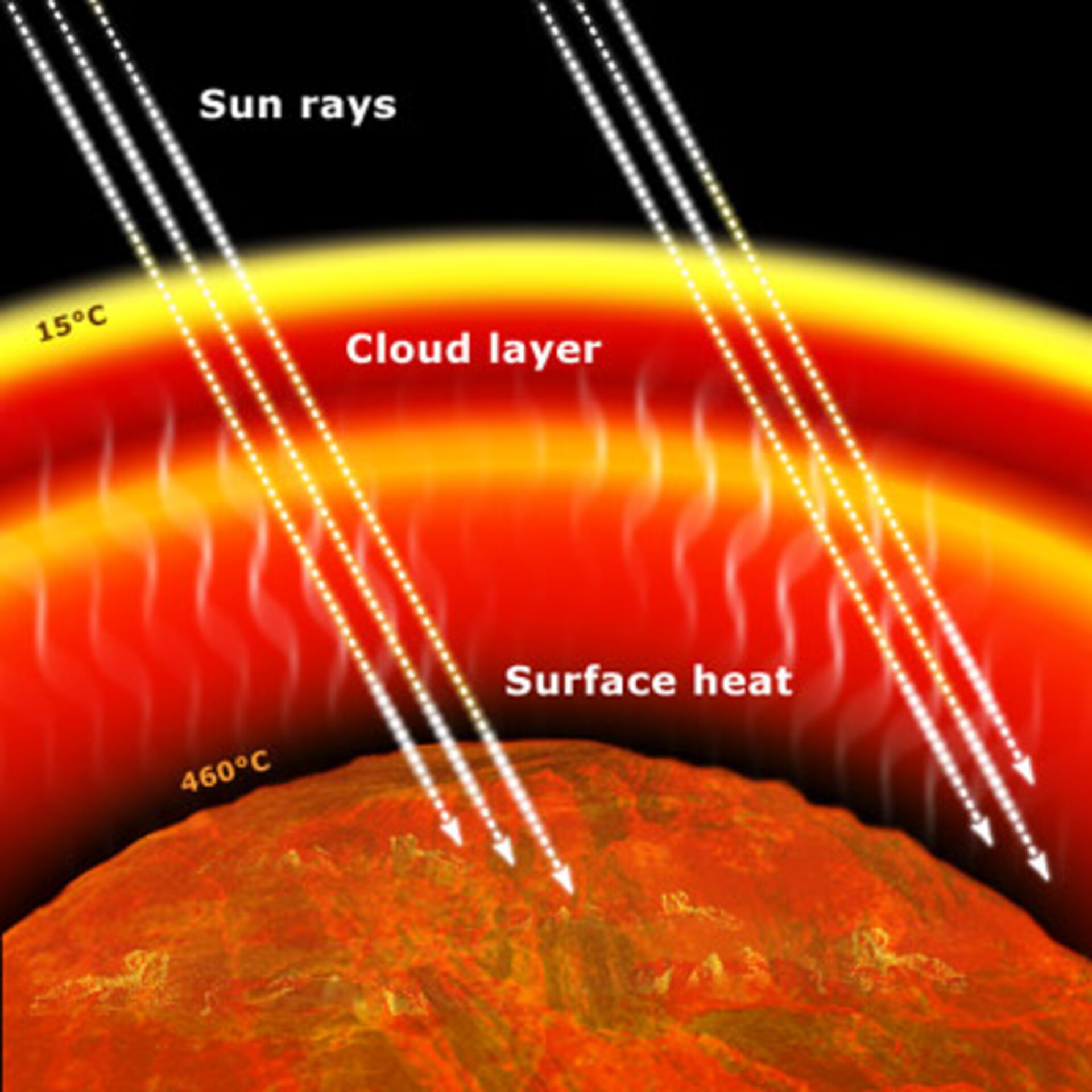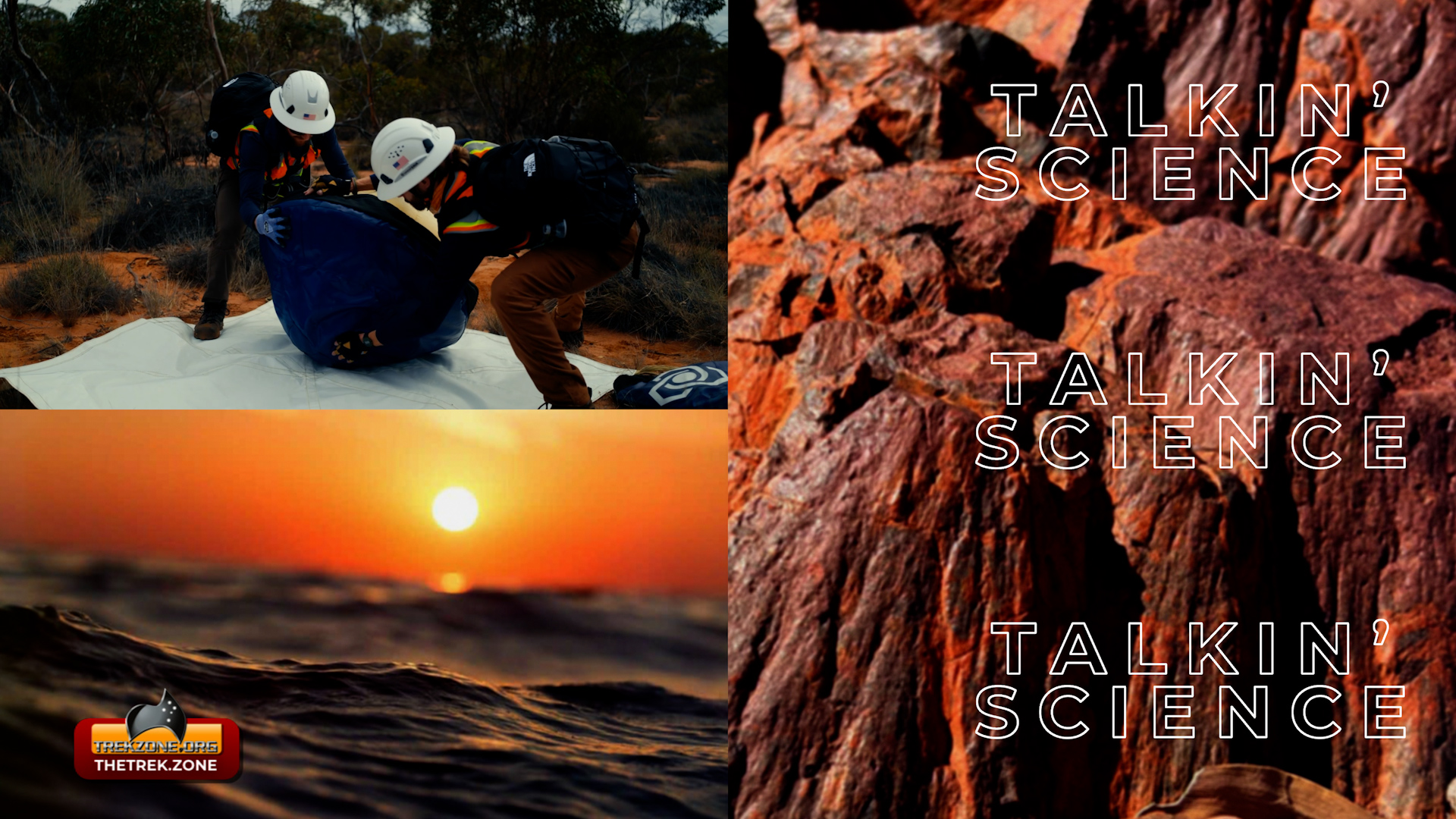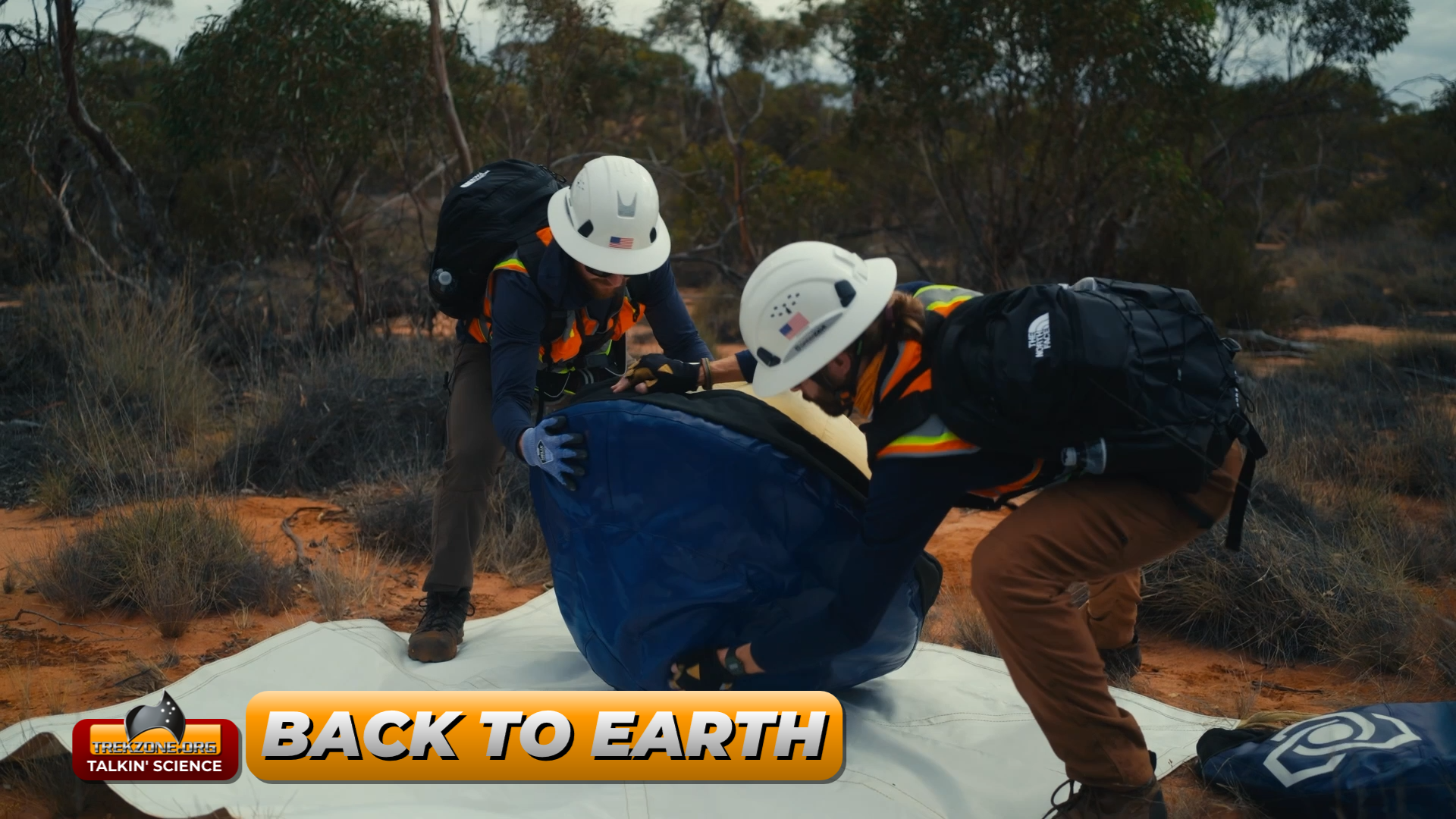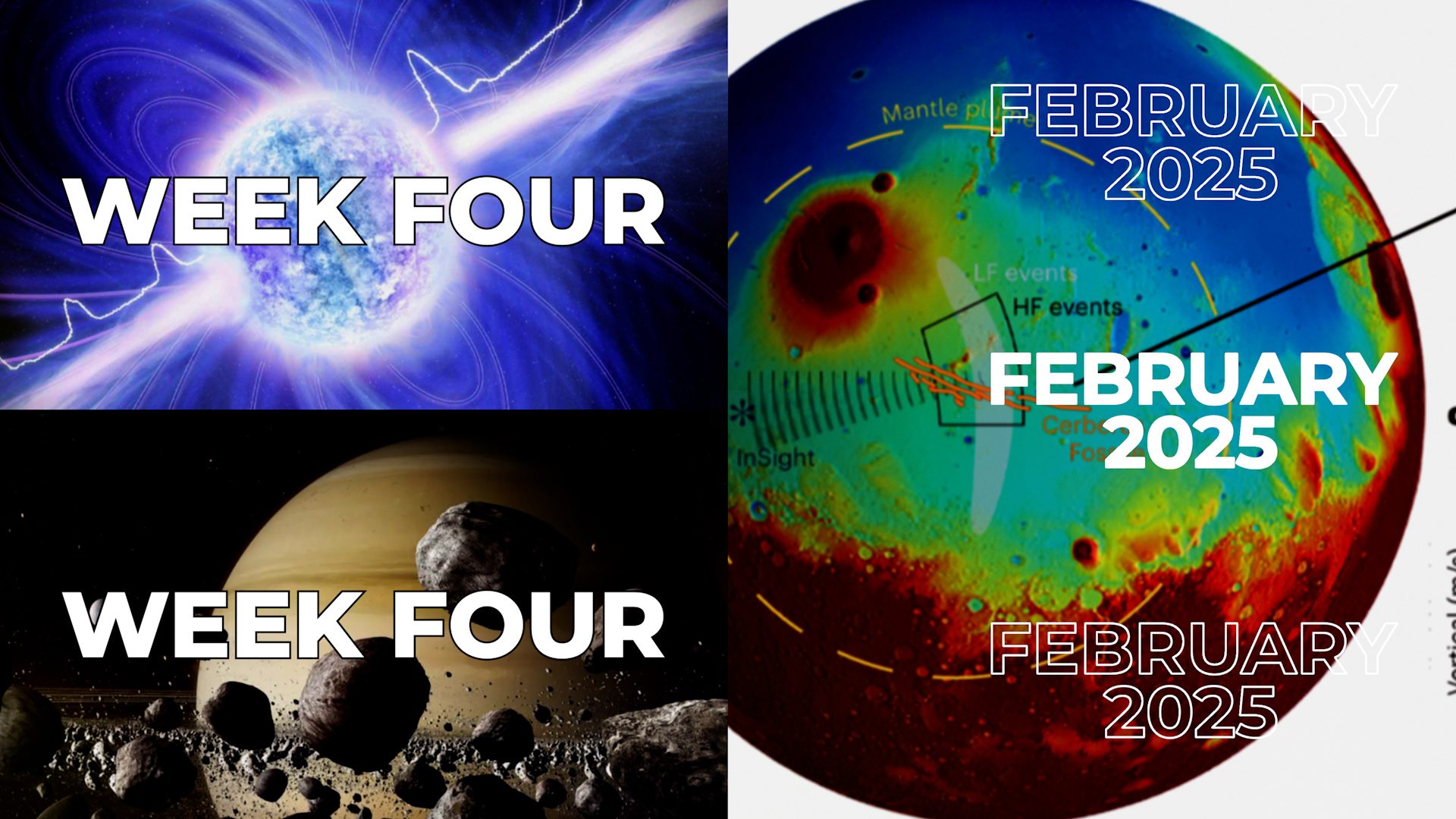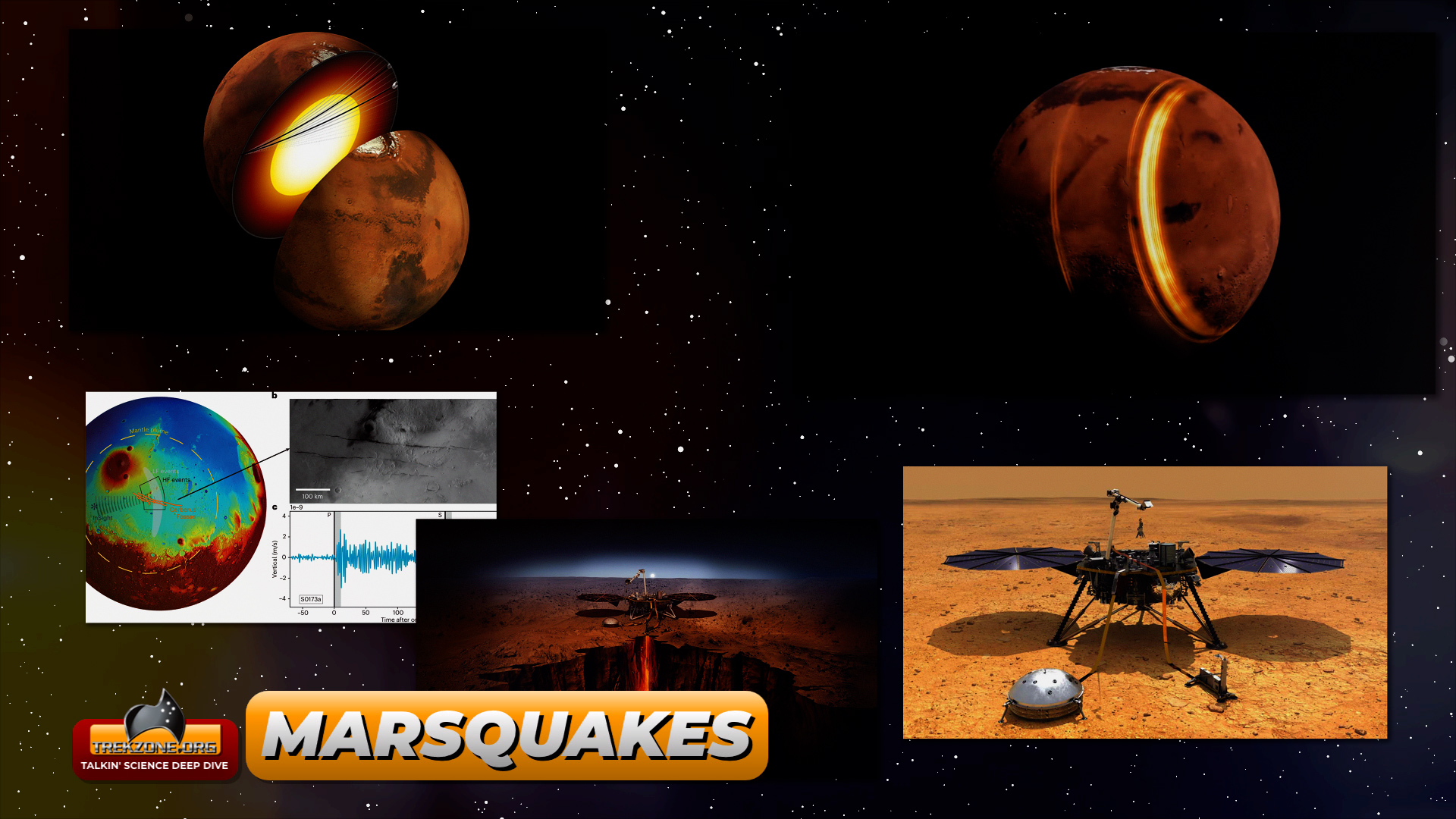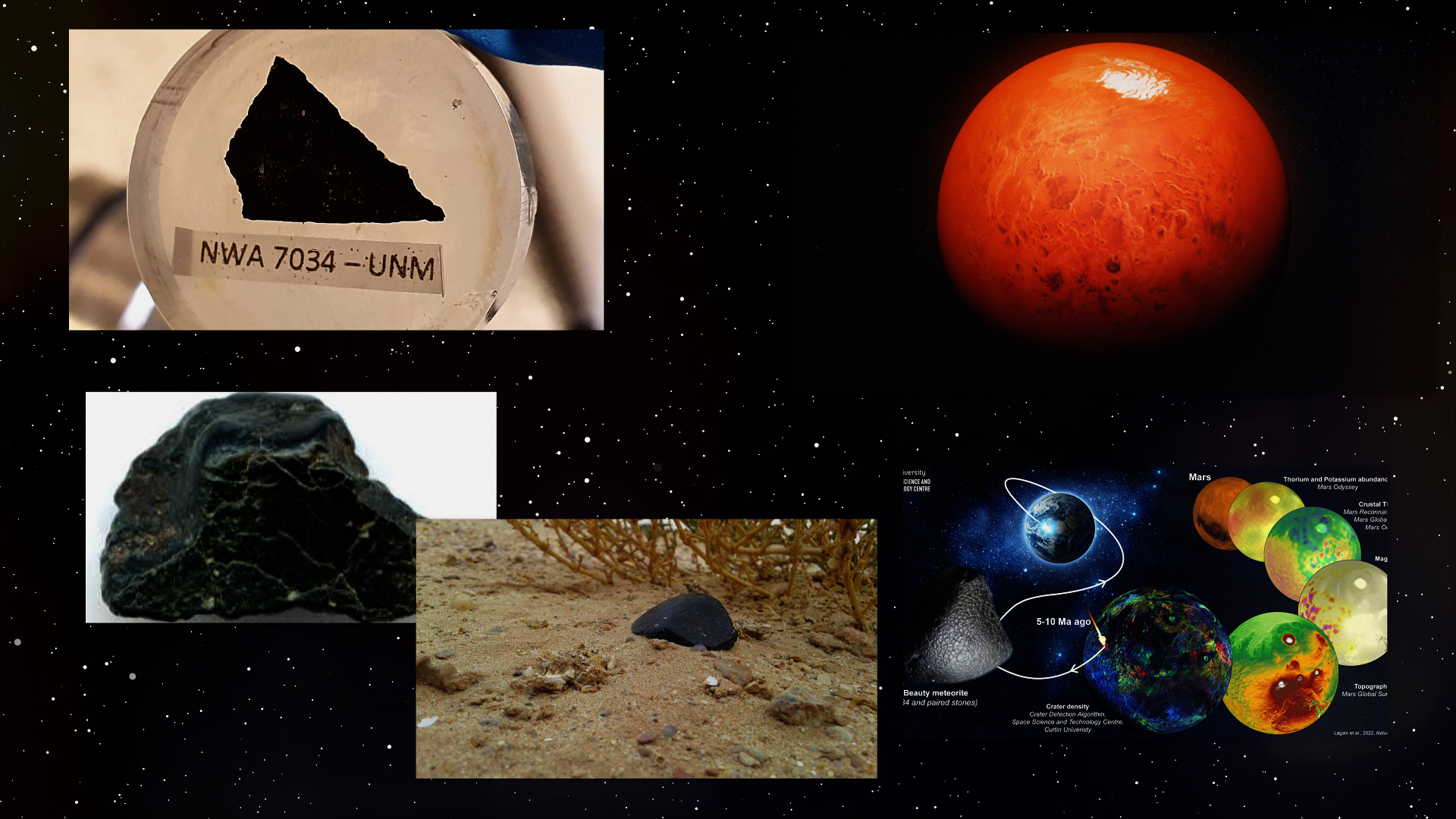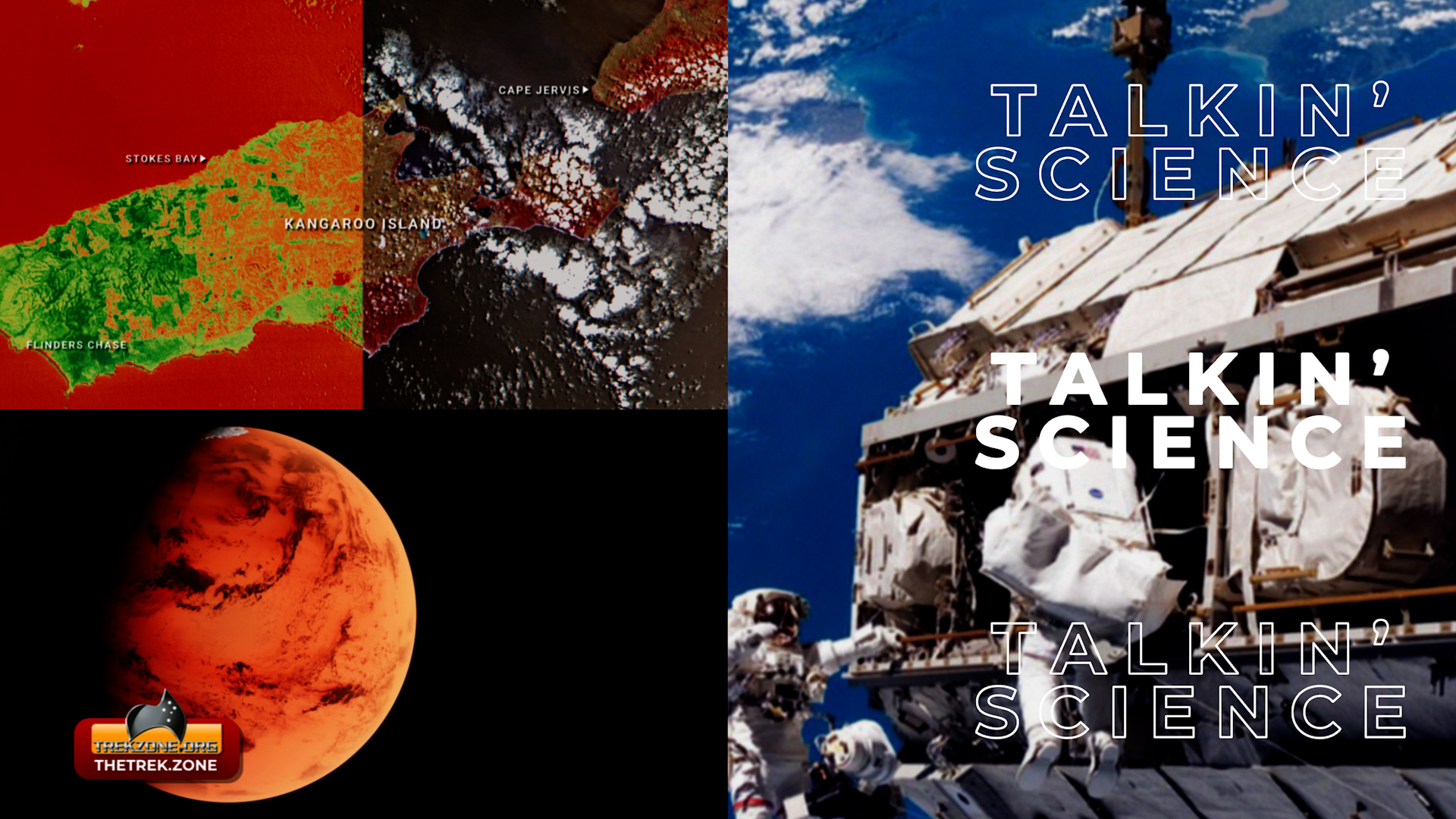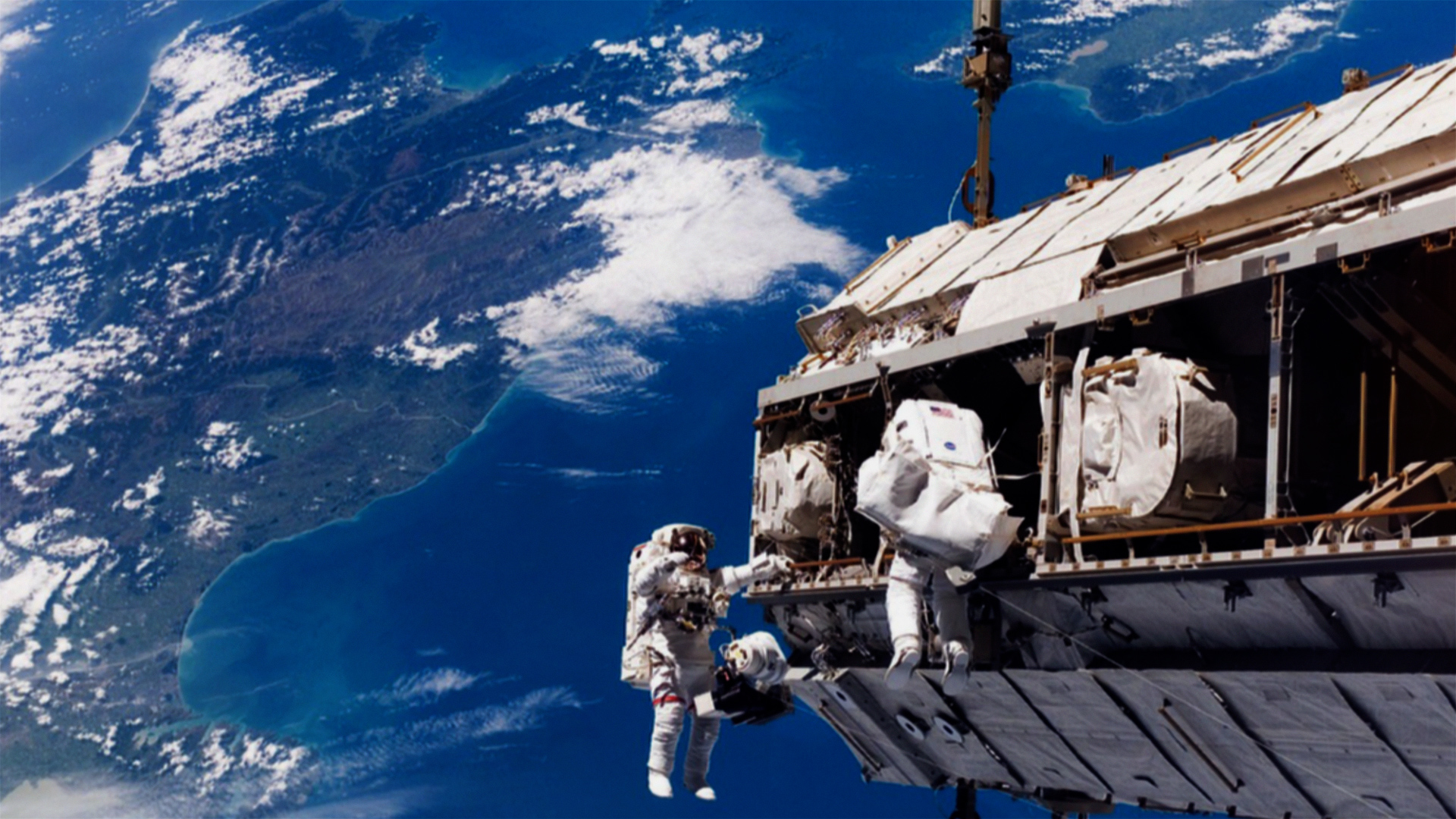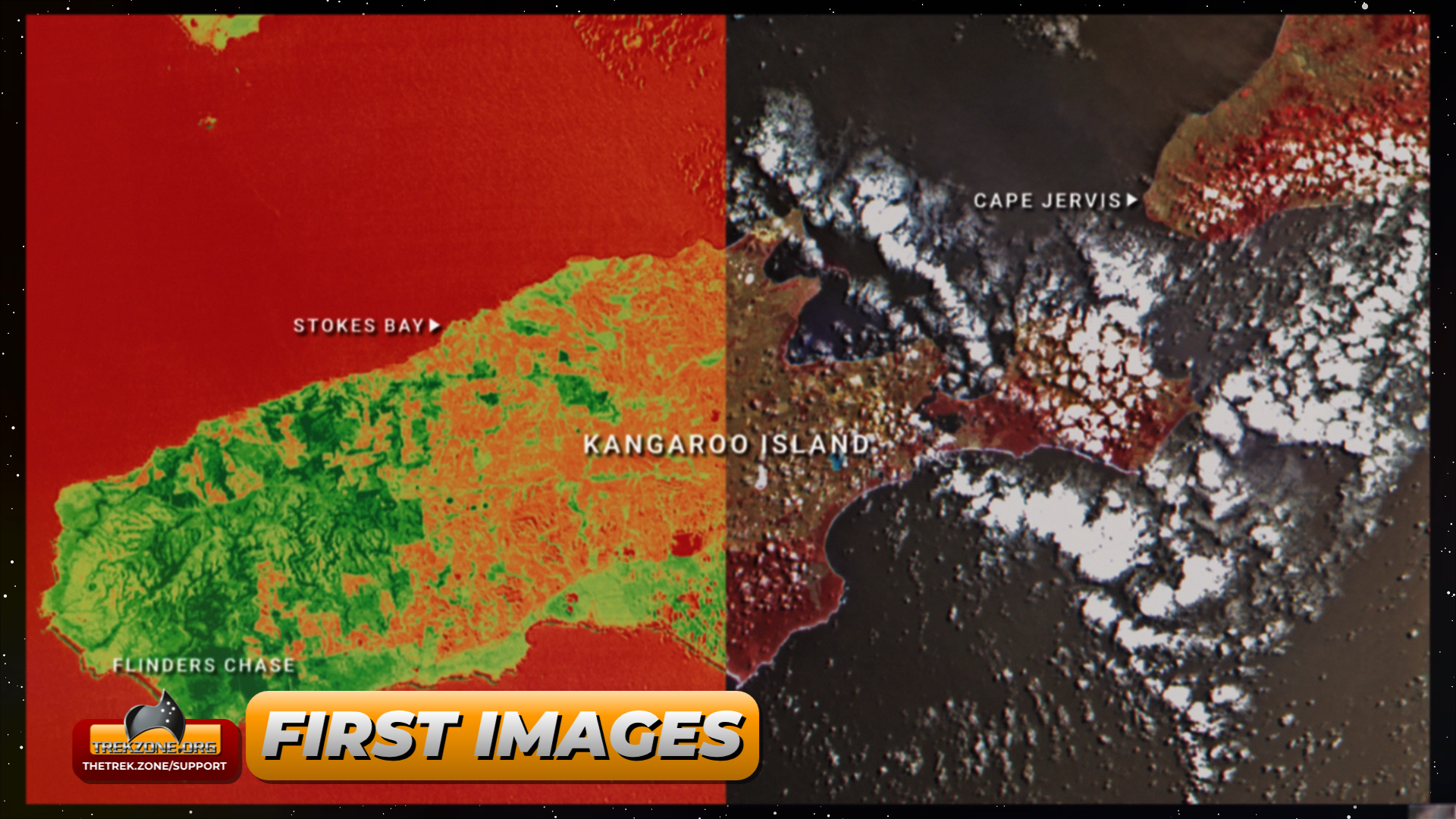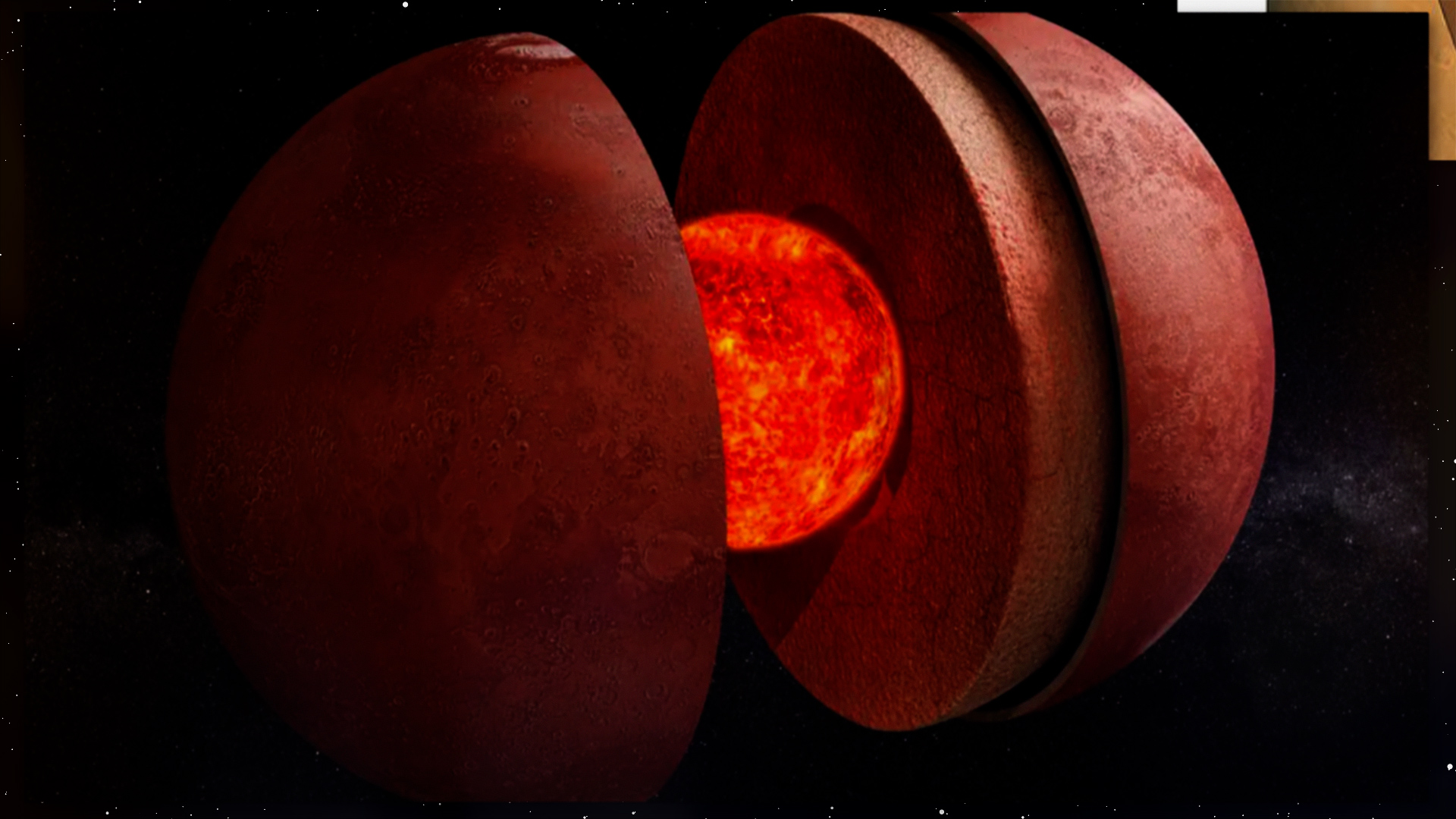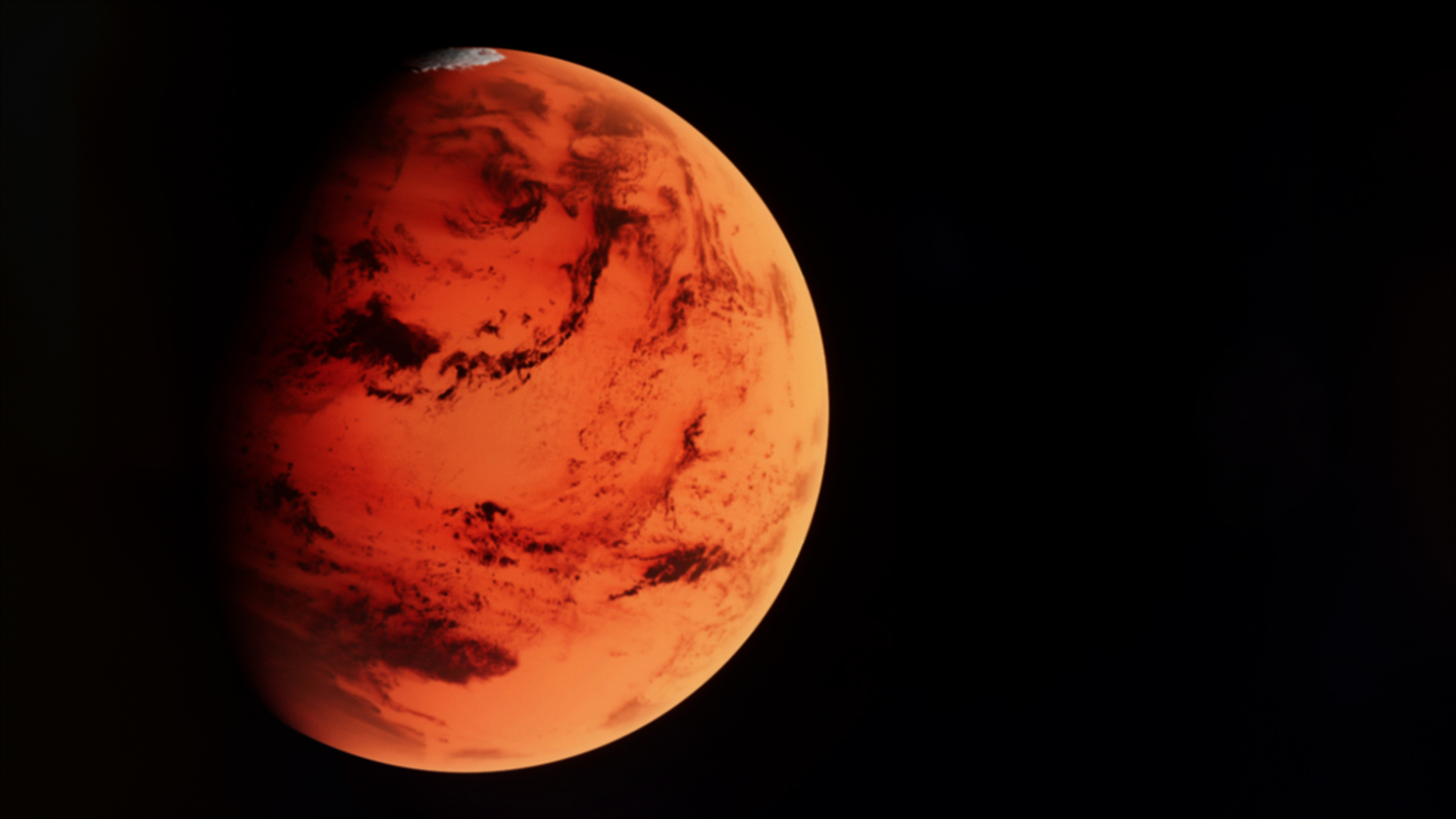Which would trap heat and potentially melt ice under the planet’s surface to provide water to sustain life.
The nanorods would be aerosolised – turned into a very fine dust – and blasted into Mars’ atmosphere, amplifying sunlight and blocking heat from escaping into space, the researchers say. Their computer simulations of the approach suggest nanorods could be 5,000 times more effective than other hypothetical strategies, which focus on using greenhouse gases to warm the planet.
But don’t book your ticket just yet – they add that their approach would take centuries to work, and isn’t guaranteed to make the planet’s surface habitable.

